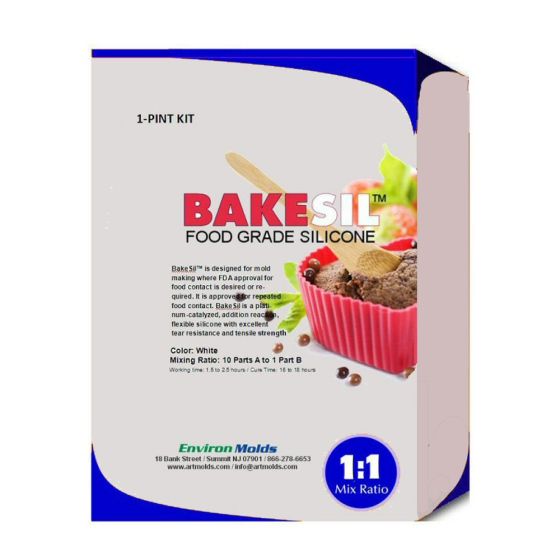Silicone rubber is the ideal material for mold making. There are different methods of making silicone molds – from general to inversion and vacuum – and each delivers top quality molds every time.
Silicone rubber is considered the material of choice for making both molds and casts. The rubber is suitable for making molds of all kinds – from reproducing figurines and giftware to making automotive parts, toys and other prototypes - and gives quality results every time. Moreover, it is easily workable, flows well and is non-exothermic in nature. The rubber always cures uniformly, irrespective of the thickness. It will demold easily as well because silicone rubber does not stick to anything except itself.
Mold making methods
Molds of silicone rubbers can be made using different techniques. The most common are the general molds which easily replicate the surface details of the model in a negative mold. The silicone rubber is mixed with the catalyst and is simply poured over the model (which is affixed inside a mold box). The mold is easy and quick to make while giving efficient results. It does not require any special skills either.
Otherwise, there is the lamination method, wherein the mold making rubber is painted on the model one coat after the other. This creates a skin of even thickness and the mold can be reinforced with a shell mold if needed. These molds will be lightweight and do not use much of the material either.
Some artists prefer the inverted mold method, wherein first a silicone rubber mold is created and resin or gypsum is poured into it to make a replica of the original model. This method is used to create subsequent molds as part of the inversion process. The subsequent molds can be used anytime for making castings of choice. The lost wax method is a popular method of inversion mold making.
Then there are high precision molds which are made created using a vacuum device. The mold is placed inside the vacuum chamber and the casting material – usually resin or other rubbers – is poured before being vacuumed so as to eliminate any possible defects and air bubbles.
Where to buy?
EnvironMolds offers a wide variety of silicone rubbers, both for mold making and casting purposes. First there is the standard silicone mold rubber that lends itself well for general mold making. Then there is the faster acting silicone mold for making quick impressions without using a mold box, called 5-Minute Mold Putty. In addition to this, there are food safe and skin safe silicone mold rubbers – BakeSil is FDA approved as food safe for making food molds and baking containers while LifeRite, can be used on the skin for life casting and duplicating body parts. And what tops the charts is SkinRite10 - a translucent silicone mold rubber which can be tinted and used for special effects and applications to duplicate skin surfaces, making it the ideal material for realistic masks apart from doll reborning.




0 Response to "Mold Making Methods for Silicone Rubber"
Post a Comment